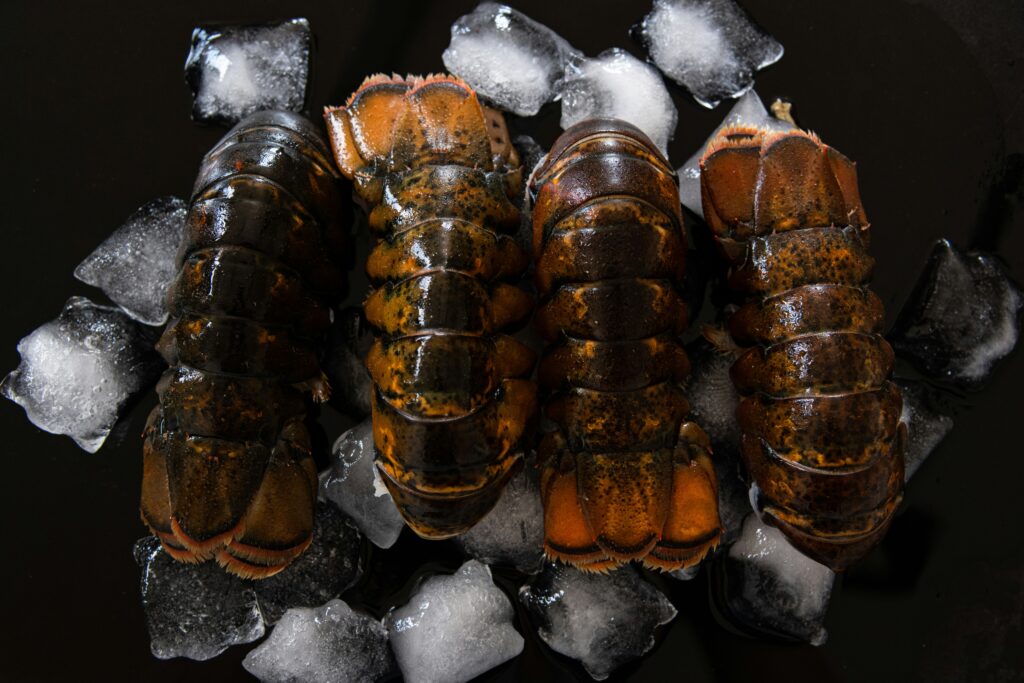In the fascinating realm of exotic pets, one particular niche has been steadily growing in popularity—giant insects and arachnids. While traditional pets like dogs and cats remain the mainstream choice, there’s an undeniable allure to the extraordinary world of giant arthropods that captivates the imagination of enthusiasts worldwide. These magnificent creatures, with their prehistoric appearance and remarkable adaptations, offer a glimpse into the diverse tapestry of evolutionary marvels that inhabit our planet. From the gentle, furry tarantulas to the imposing titan beetles, the world of invertebrate pets presents a unique and rewarding experience for those brave enough to venture beyond conventional companionship.
The Appeal of Arthropod Companions
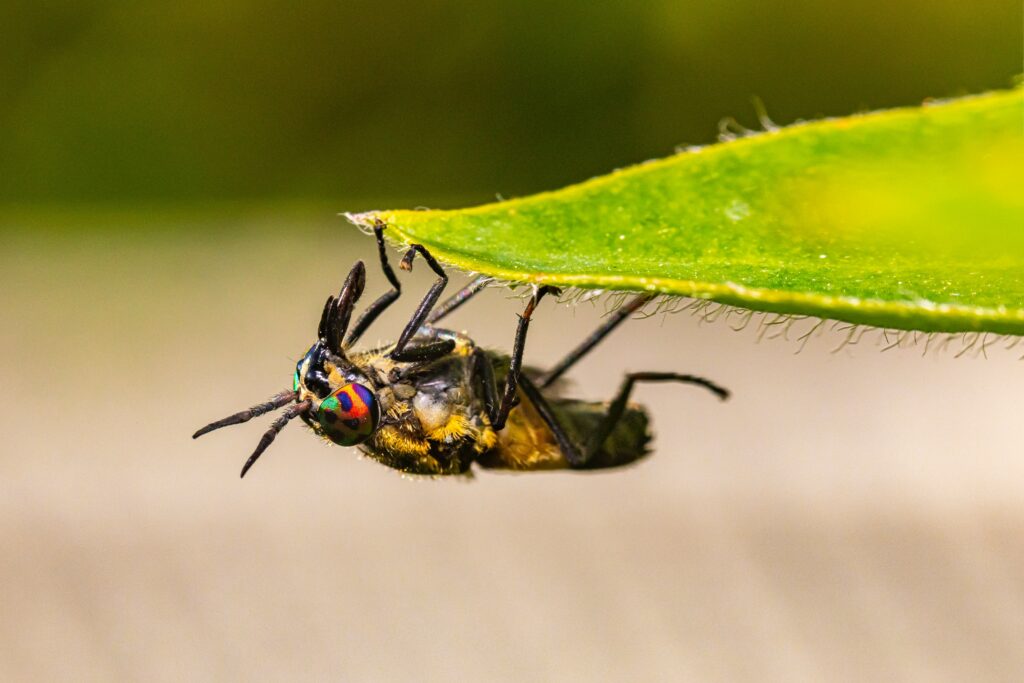
The fascination with keeping giant insects and arachnids as pets stems from various motivations that differ significantly from traditional pet ownership. For many enthusiasts, it’s the opportunity to observe and interact with living creatures that seem to have emerged from another era—evolutionary success stories that have remained largely unchanged for millions of years. These invertebrates typically require less space, produce no noise, and often need less frequent attention than mammals, making them ideal for apartment dwellers or those with limited time for pet care. Additionally, many species have surprisingly long lifespans, with some female tarantulas living up to 30 years in captivity, allowing for a long-term relationship between keeper and arthropod that many find unexpectedly rewarding.
Tarantulas: The Gateway Arachnids

Often considered the “gateway pet” to the world of arthropod keeping, tarantulas combine an impressive appearance with relatively straightforward care requirements. Despite their fearsome reputation, most species are docile, rarely bite, and spend much of their time in contemplative stillness, making them unexpectedly peaceful companions. New keepers typically start with species like the Chilean Rose Hair (Grammostola rosea) or the Mexican Red-Knee (Brachypelma hamorii), which are known for their calm temperaments and hardiness. The visual diversity among tarantula species is staggering, from the electric blue legs of the Cobalt Blue Tarantula (Cyriopagopus lividus) to the metallic pink toes of the Pink Toe Tarantula (Avicularia avicularia), offering collectors endless variety in their arthropod menageries.
Scorpions: Ancient Arachnid Marvels
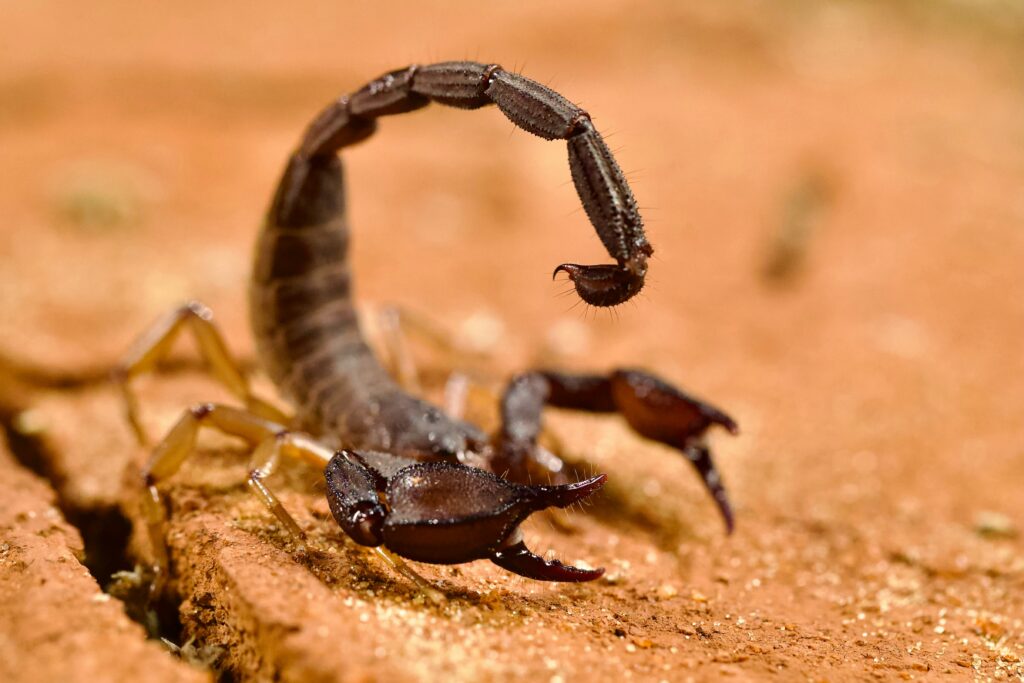
Scorpions represent some of the most ancient arachnids still thriving today, with a lineage dating back approximately 430 million years. As pets, species like the Emperor Scorpion (Pandinus imperator) and the Asian Forest Scorpion (Heterometrus spinifer) have become popular choices due to their impressive size, reaching up to 8 inches in length, and relatively mild venom comparable to a bee sting. These nocturnal hunters provide fascinating glimpses into predatory behavior when fed, using their specialized sensory hairs to detect prey movements and their powerful pedipalps (claws) to capture food before delivering the signature tail strike. Under ultraviolet light, all scorpions fluoresce with an otherworldly blue-green glow due to compounds in their exoskeleton, creating a spectacular display that never fails to impress visitors and remains one of the most captivating aspects of scorpion keeping.
Titan Beetles: The Colossal Coleopterans
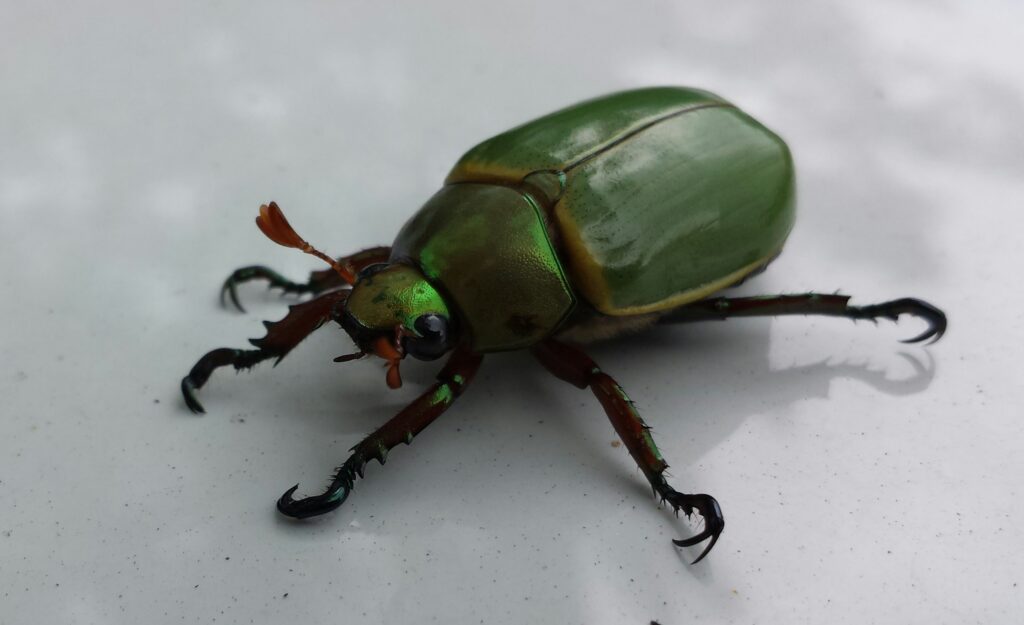
The titan beetle (Titanus giganteus) represents the pinnacle of beetle gigantism, with adults regularly exceeding 6.5 inches in length and some specimens approaching 7 inches, making them among the largest insects on Earth by length. Native to the rainforests of South America, particularly the Amazon Basin, these impressive beetles have mandibles so powerful they can snap wooden pencils in half and even break human skin if handled carelessly. Unlike many other pet insects, titan beetles have a relatively short adult lifespan of just a few weeks, during which they don’t feed at all—their sole purpose as adults is reproduction, with females laying eggs in dead wood where their larvae will develop for years before emerging. The extreme rarity of titan beetles in the pet trade reflects both their conservation status and the extraordinary difficulty in breeding them in captivity, making them the ultimate prize for serious coleopterist collectors.
Goliath Beetles: Giants of Africa
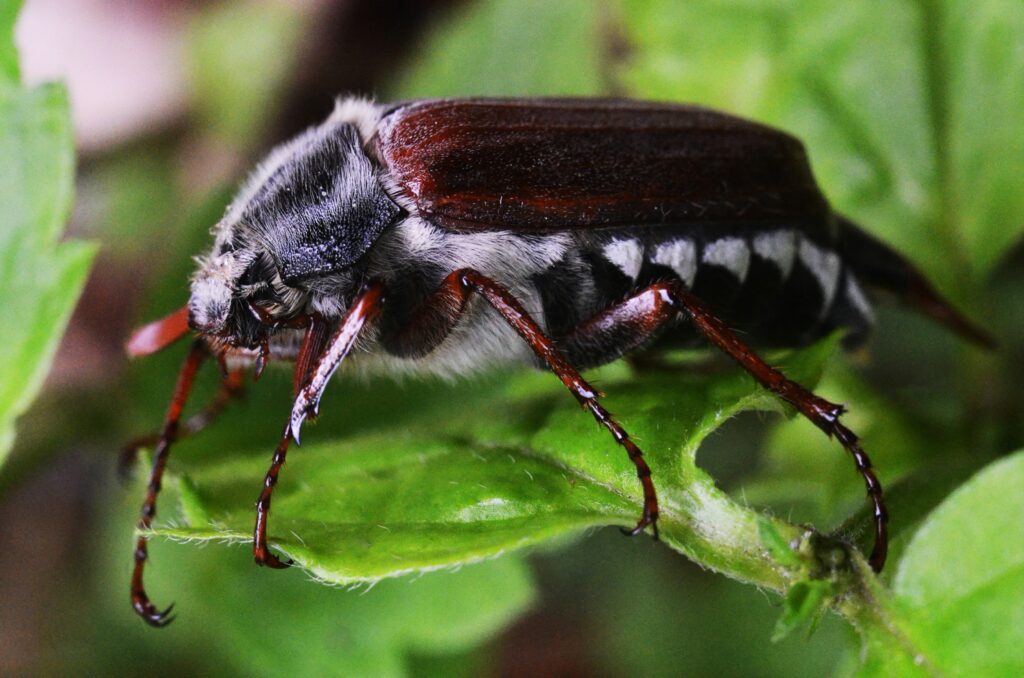
Goliath beetles (Goliathus species) stand among the heaviest insects in the world, with some specimens weighing more than 100 grams and measuring up to 4.5 inches in length. These magnificent beetles, native to tropical African forests, display striking patterns of black and white (or yellow) markings that vary between species, making them living works of art. Unlike titan beetles, Goliath beetles actively feed as adults, primarily consuming fruit and tree sap, which makes them somewhat easier to maintain in captivity with the proper setup. Remarkably, Goliath beetles undergo complete metamorphosis, with their larvae growing to the size of a hot dog before pupating, requiring specialized care with protein-rich diets and precise humidity levels during their development. The successful rearing of Goliath beetles from larvae to adults represents a significant achievement for insect keepers, requiring meticulous attention to environmental parameters and nutritional needs throughout their life cycle.
Giant Stick Insects: Masters of Camouflage

Giant stick insects, particularly species like the Giant Prickly Stick Insect (Extatosoma tiaratum) and the Jungle Nymph (Heteropteryx dilatata), offer a completely different aesthetic in the world of arthropod pets. These peaceful herbivores can reach impressive lengths of up to 12 inches in some species, combining substantial size with extraordinary evolutionary adaptations for camouflage. Their care revolves primarily around providing fresh foliage from appropriate host plants, with different species exhibiting specific preferences, such as eucalyptus, oak, or bramble. Many stick insect species can reproduce parthenogenetically—meaning females can lay viable eggs without mating—creating self-sustaining colonies that fascinate observers with each successive generation. Their gentle nature makes them particularly suitable for educational settings, allowing for regular handling without risk of bites or stings, though their delicate appendages require careful support during interaction.
Giant Centipedes: Controversial Predators

Perhaps the most controversial of the giant arthropod pets, species like the Amazonian Giant Centipede (Scolopendra gigantea) and the Vietnamese Centipede (Scolopendra subspinipes) combine impressive size—reaching over 12 inches in length—with lightning-fast movements and potent venom. Unlike the relatively docile tarantulas and stick insects, giant centipedes are strictly display animals, never suitable for handling, as their venom can cause intense pain, swelling, and in rare cases, more serious medical complications in humans. Their predatory behavior is fascinating to observe, as they actively hunt prey with remarkable speed and efficiency, subduing creatures as large as small lizards and mice with their modified first legs called forcipules, which deliver venom. Proper centipede enclosures require secure lids with no gaps, as these intelligent invertebrates are notorious escape artists capable of squeezing through surprisingly small openings, making them suitable only for experienced keepers committed to strict safety protocols.
Giant Millipedes: The Gentle Giants
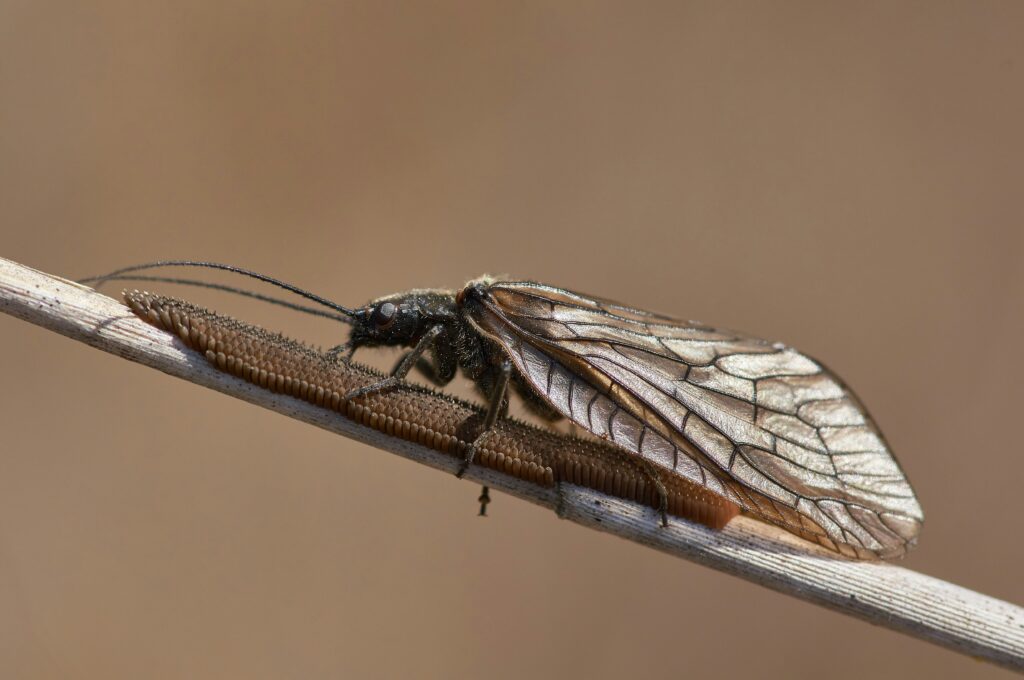
In stark contrast to their centipede cousins, giant millipedes like the African Giant Black Millipede (Archispirostreptus gigas) represent some of the most handleable of all the giant arthropods. Growing up to 11 inches long, these gentle detritivores pose no threat to humans, lacking both venom and the inclination to bite. Their primary defense mechanism involves curling into a tight spiral and secreting a mild irritant that smells faintly of almonds due to its hydrogen cyanide content—a chemical deterrent rather than a direct weapon. As decomposers, millipedes contribute to ecosystem health in the wild by breaking down dead plant material, and in captivity, they thrive on a similar diet of decaying leaves, fruit, and specialized insect foods, making them relatively simple to maintain. Their long lifespan of 7-10 years in captivity allows keepers to develop a genuine connection with these surprisingly personable arthropods, which often become quite accustomed to gentle handling over time.
Rhinoceros Beetles: Horned Wonders
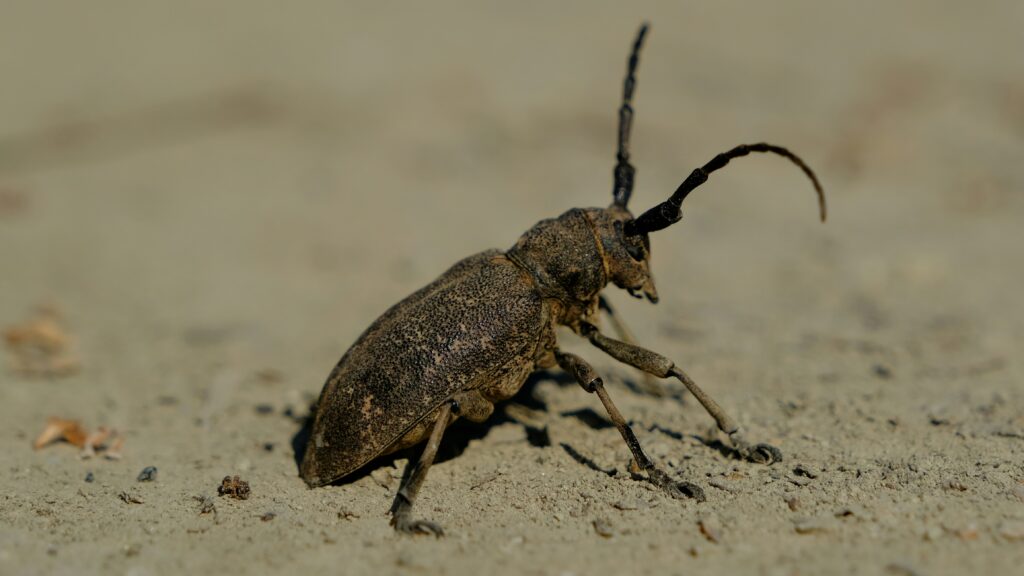
Rhinoceros beetles, particularly giants like the Hercules Beetle (Dynastes hercules) and the Atlas Beetle (Chalcosoma atlas), represent the tanks of the insect world with their impressive horns and extraordinary strength. These beetles can lift up to 850 times their own body weight, making them, proportionally, some of the strongest animals on Earth. In many Asian and Latin American cultures, rhinoceros beetles have long been kept as pets and even used in insect fighting contests, reflecting their cultural significance beyond mere novelty. The larvae of these beetles develop in rotting wood or specialized compost for up to two years, growing to massive sizes before pupating, while the adult stage typically lasts only a few months during which males use their elaborate horns in competition for females. Their relatively simple care requirements as adults—primarily fruit, tree sap, and specialized beetle jelly—make them accessible entry points into the hobby of keeping giant insects.
Giant Katydids: The Opera Singers of the Insect World
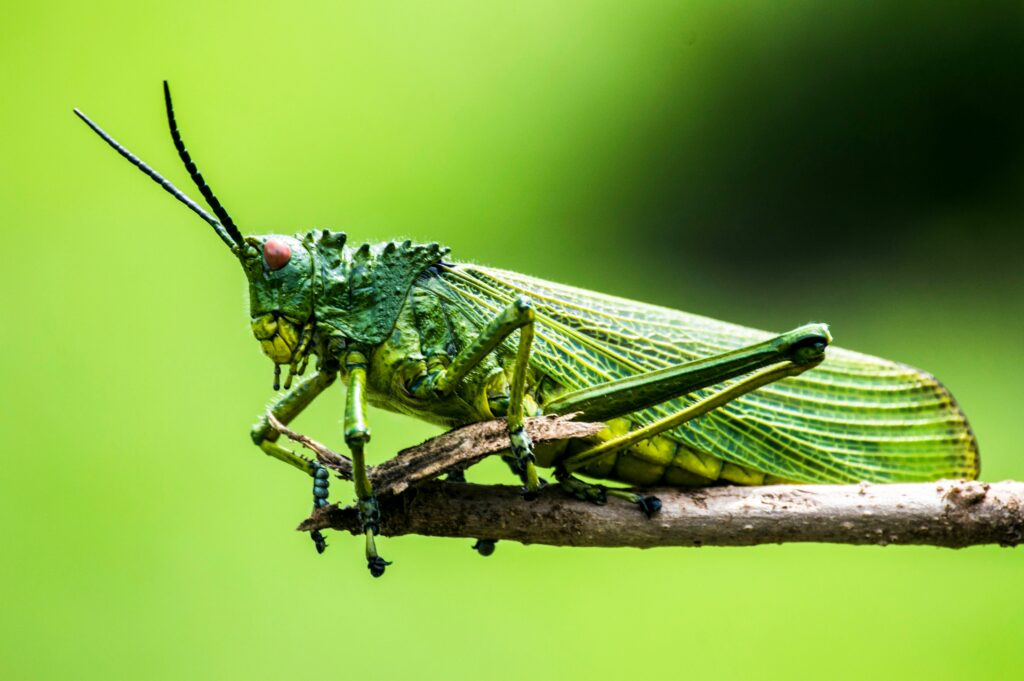
Giant katydids, especially species like the Malaysian Katydid (Macrolyristes imperator) and the Greater Angle-wing Katydid (Microcentrum rhombifolium), combine impressive size with extraordinary acoustic abilities. Some species can produce sounds reaching 108 decibels—approximately the volume of a chainsaw—making them among the loudest insects in the world. Their remarkable appearance features leaf-like camouflage so perfect that even experienced entomologists occasionally mistake them for foliage, an evolutionary adaptation that protects them from predators in their natural habitat. As omnivores, katydids accept a varied diet in captivity, including leafy greens, fruits, and occasional protein sources like small insects, making them relatively straightforward to maintain with the proper enclosure and humidity levels. Their relatively short lifespan of 6-12 months is counterbalanced by their fascinating behaviors and the opportunity to witness their unique stridulation (sound production) as males attempt to attract mates by rubbing specialized structures on their wings together.
Giant Water Bugs: Aquatic Ambush Predators
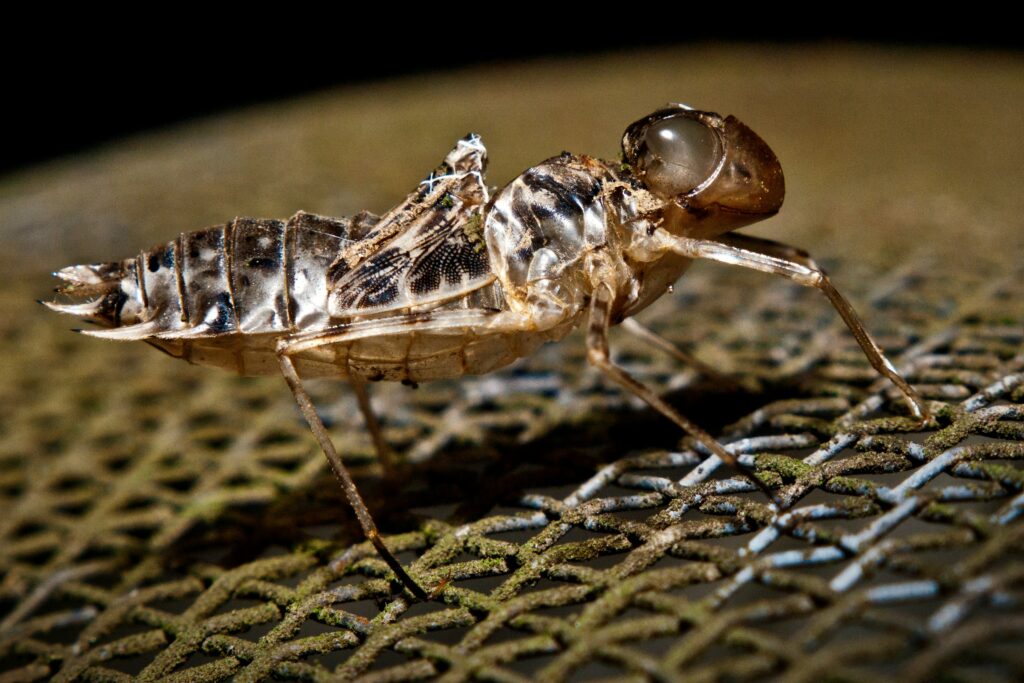
Giant water bugs, particularly the Lethocerus species, represent some of the most formidable aquatic predators in the insect world, earning them the nickname “toe-biters” for their painful bite which they can inflict if mishandled. These impressive insects can exceed 4.5 inches in length and possess powerful front raptorial legs used to capture prey, including fish, amphibians, and even small water snakes, which they subdue with digestive enzymes injected through their rostrum (beak). In parts of Southeast Asia, these insects are considered delicacies, known as “maeng da” in Thai cuisine, where they’re either eaten whole after being fried or ground into a paste for nam prik (chili dip). Keeping giant water bugs requires a specialized aquatic setup with appropriate water parameters, hiding places, and perches that allow them to reach the surface to breathe through their abdominal respiratory appendages. Their hunting behavior is particularly fascinating to observe, as they remain motionless for extended periods before exploding into action with surprising speed when prey ventures too close.
Ethical Considerations and Conservation

The exotic pet trade faces significant ethical challenges, particularly regarding wild collection of specimens, which can have devastating impacts on natural populations already threatened by habitat loss. Responsible enthusiasts prioritize captive-bred specimens, which are often healthier, better acclimated to captivity, and free from the ethical concerns associated with removing animals from their native ecosystems. Organizations like the Invertebrate Conservation and Information Network (ICIN) work to establish sustainable breeding programs for popular species and educate keepers about the importance of responsible sourcing. Additionally, many arthropod keepers contribute valuable data to scientific understanding through careful observation and documentation of reproductive behaviors, growth rates, and longevity in captivity, information that sometimes proves useful in conservation efforts. Before acquiring any exotic invertebrate, prospective keepers should thoroughly research legality in their region, as regulations vary widely and some species are protected under international agreements like CITES (Convention on International Trade in Endangered Species).
Creating the Perfect Habitat
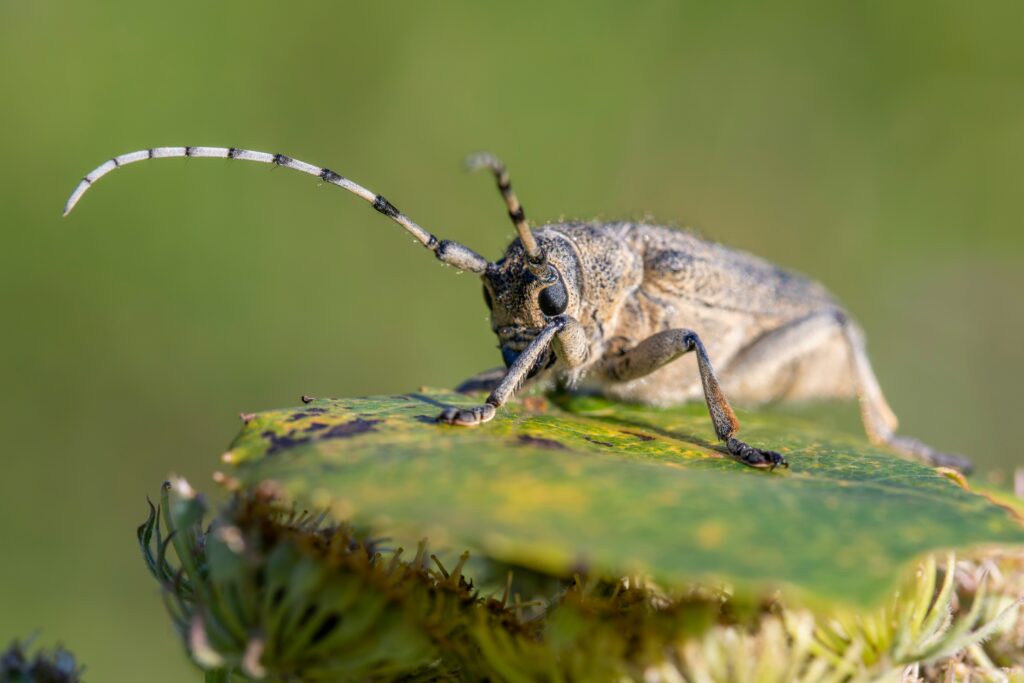
Successful maintenance of giant arthropods depends primarily on recreating their natural environmental conditions as closely as possible within the constraints of captivity. For most tropical species, this means maintaining specific temperature gradients (typically 75-85°F) and humidity levels (often 60-80%), which may require investment in thermostats, hygrometers, and misting systems. Enclosure size and design should prioritize the specific behavioral needs of each species—arboreal tarantulas require vertical space with climbing structures, while burrowing species need sufficient substrate depth to create their tunnels. Substrates vary widely based on species requirements, from coconut fiber and sphagnum moss mixtures for humidity-loving species to sand and soil compositions for desert-adapted arthropods. Lighting considerations are equally important, with most species benefiting from natural day/night cycles but requiring protection from direct sunlight, which can rapidly overheat enclosures and prove fatal to the inhabitants.
The Future of Giant Arthropod Keeping
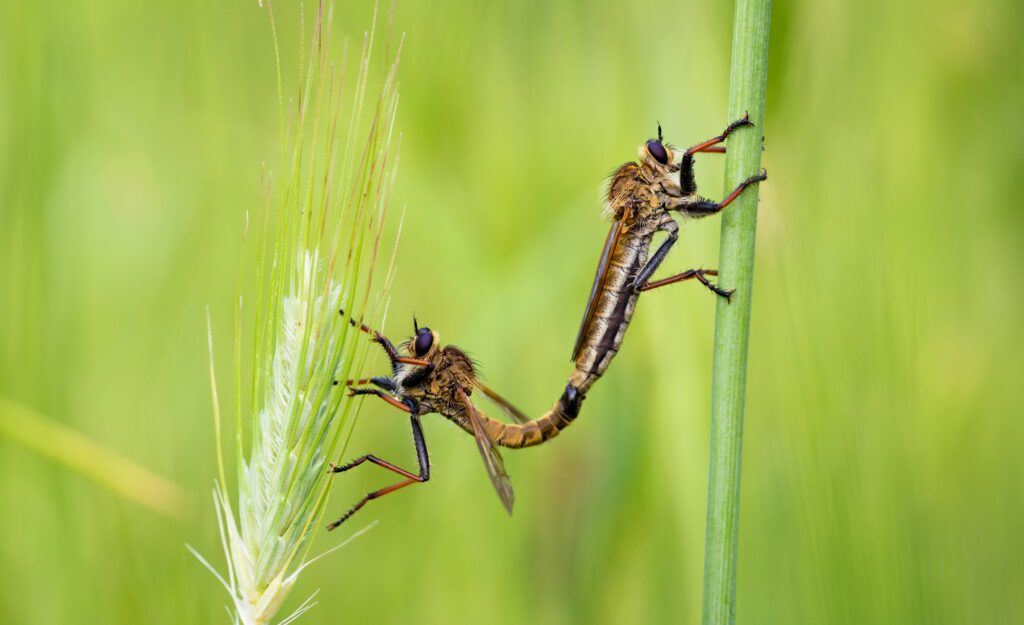
The hobby of keeping giant arthropods continues to evolve, with advances in husbandry techniques enabling the successful captive breeding of previously challenging species. Online communities of enthusiasts share information more efficiently than ever before, accelerating the collective learning curve and establishing best practices that improve welfare standards across the hobby. Scientific research increasingly recognizes the cognitive capabilities of invertebrates, with studies demonstrating that even these alien-seeming creatures possess surprisingly complex behaviors and potentially forms of intelligence previously unrecognized. As climate change and habitat destruction threaten wild populations, responsible captive breeding programs may eventually play crucial roles in preservation efforts for certain species, highlighting the potential conservation value of the hobby beyond mere entertainment. The unique intersection of fascination, education, and stewardship embodied by arthropod keeping represents a distinctive approach to connecting humans with the misunderstood yet crucial invertebrate world that underpins all terrestrial ecosystems.
The world of giant pet insects and arachnids offers an extraordinary window into evolutionary marvels that few other hobbies can provide. From the gentle, fuzzy embrace of a tarantula to the awe-inspiring presence of a titan beetle, these invertebrates challenge our preconceptions about companionship and connection with other living beings. While not for everyone, those who venture into this specialized realm of pet keeping often discover a profound appreciation for the incredible diversity of adaptations that have allowed arthropods to thrive for hundreds of millions of years. As our understanding of these remarkable creatures continues to grow, so too does our responsibility to ensure their welfare both in captivity and in their natural habitats—a balance that defines the ethical future of this fascinating and rewarding pursuit.

